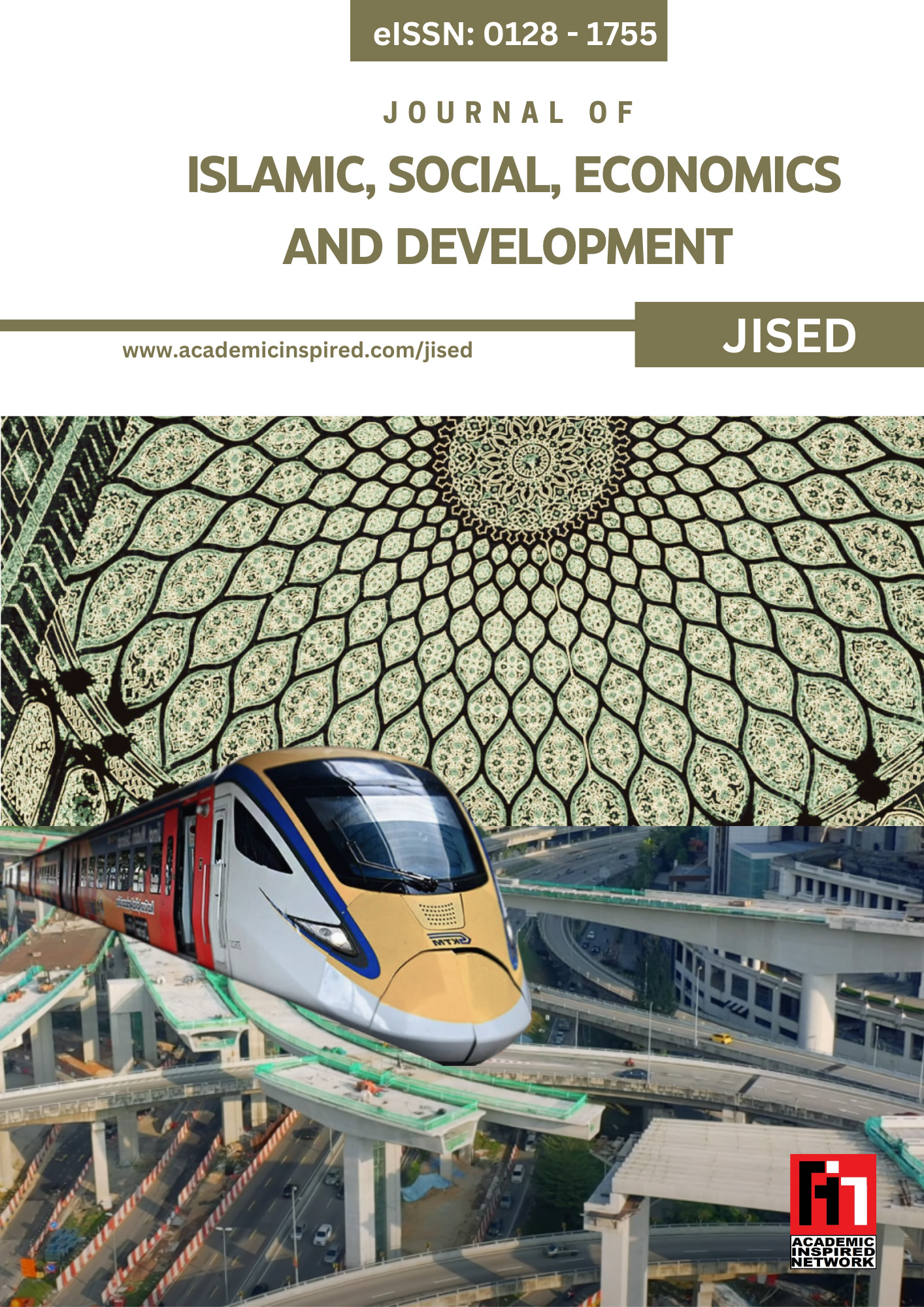Simulating halal slaughtering through virtual reality: A 3D interactive application grounded in Islamic principles
Keywords:
Virtual Reality, Halal Slaughtering, Education Tools, Religious EducationAbstract
Traditional training methods for halal slaughtering often depend on live demonstrations, which can be costly, inconsistent, and raise ethical concerns related to animal welfare. These challenges hinder the effective dissemination of standardized procedures and religious principles essential to the halal meat industry. A 3D interactive, Virtual Reality (VR)-compatible application was developed to accurately model the halal slaughtering process in a realistic and educational format. The application integrates realistic 3D livestock models, anatomical animations, and instructional content grounded in Quranic teachings and Hadith. Built using Unity and Blender this study adopts a research methodology based on the waterfall model, providing a systematic framework to guide the development process while ensuring a structured and methodical approach from design to implementation. Functionality testing confirmed that all components performed successfully, while usability and clarity assessments demonstrated improved user comprehension, engagement, and confidence. Scoring features are based on Malaysia’s MS1500:2009 standards to ensure alignment with the general requirements for halal food preparation, handling, and slaughtering. This development highlights the potential of interactive media to modernize religious education and support ethical, standardized halal practices worldwide.













